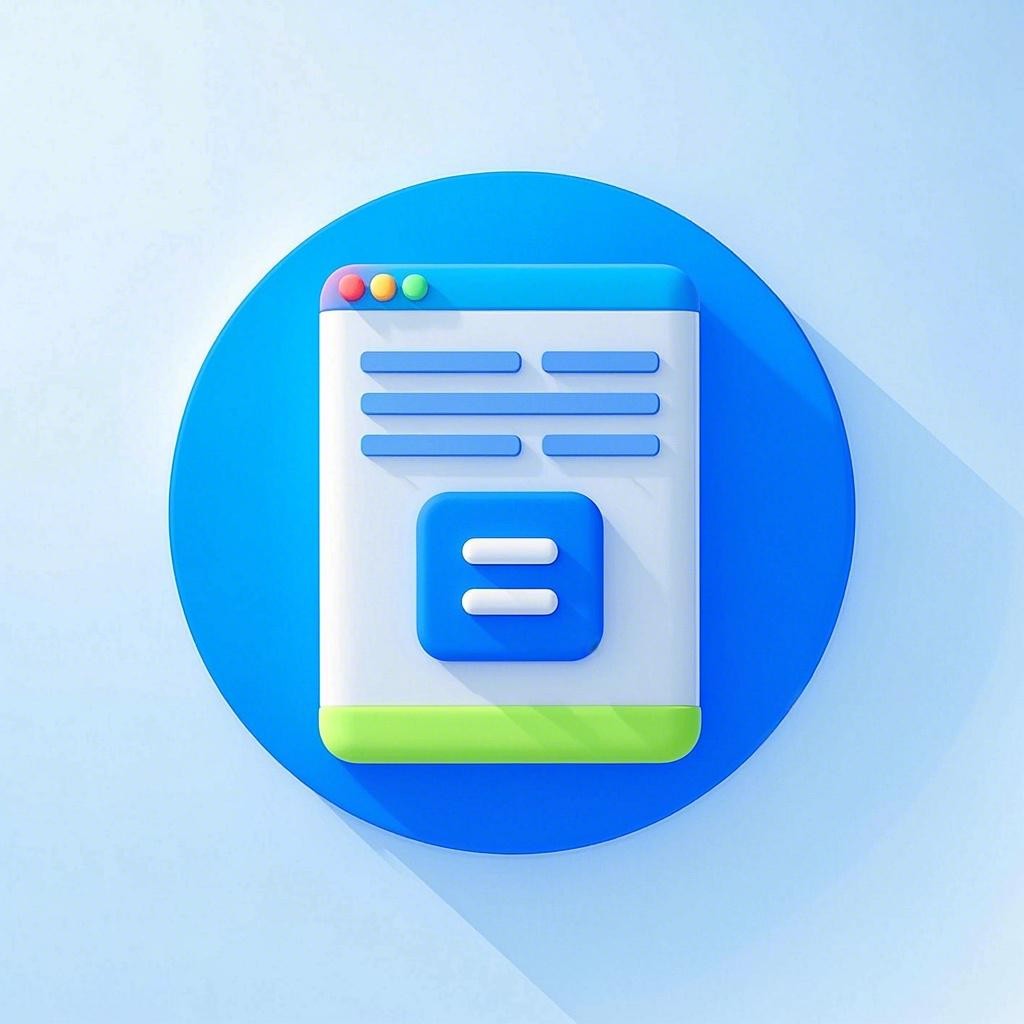在iOS开发中,将字典转换为模型是一种常见的操作,特别是在处理网络请求返回的JSON数据或本地存储的Plist文件时。手动编码转换不仅费时费力,而且容易出错。本文将介绍如何利用Swift中的Codable协议和KVC(Key-Value Coding)简化字典转模型的流程。
可编码协议(Codable)
从Swift 4开始,Apple引入了Codable协议,它简化了数据模型的创建和解析过程。遵循Codable协议的模型可以通过JSONDecoder和JSONEncoder轻松地将数据转换为模型对象,以及将模型对象转换为JSON数据。
创建遵循Codable协议的模型
首先,创建一个遵循Codable协议的模型:
struct User: Codable {
var name: String
var age: Int
var email: String
}
解析JSON数据
接下来,使用JSONDecoder将JSON数据解析为模型对象:
let jsonData = """
{
"name": "John Doe",
"age": 30,
"email": "john.doe@example.com"
}
""".data(using: .utf8)!
if let user = try? JSONDecoder().decode(User.self, from: jsonData) {
print("Name: \(user.name), Age: \(user.age), Email: \(user.email)")
} else {
print("Error decoding JSON")
}
将模型转换为JSON数据
同样,使用JSONEncoder将模型对象转换为JSON数据:
let user = User(name: "Jane Doe", age: 25, email: "jane.doe@example.com")
if let jsonData = try? JSONEncoder().encode(user) {
print(String(data: jsonData, encoding: .utf8)!)
} else {
print("Error encoding JSON")
}
使用KVC进行字典转模型
除了Codable协议,Swift还提供了KVC(Key-Value Coding)机制,它可以用来将字典中的键值对映射到模型对象的属性上。
创建模型
首先,创建一个模型,并定义其属性:
class User {
var name: String
var age: Int
var email: String
init(name: String, age: Int, email: String) {
self.name = name
self.age = age
self.email = email
}
}
使用KVC进行转换
使用setValue(_:forKey:)和value(forKey:)方法进行字典转模型:
let dictionary = ["name": "John Doe", "age": 30, "email": "john.doe@example.com"]
let user = User(name: dictionary["name"] as! String, age: dictionary["age"] as! Int, email: dictionary["email"] as! String)
总结
使用Swift的Codable协议和KVC机制,可以轻松地将字典转换为模型,从而简化了iOS开发中的数据处理过程。遵循这些方法,可以告别手动编码的烦恼,提高开发效率。
